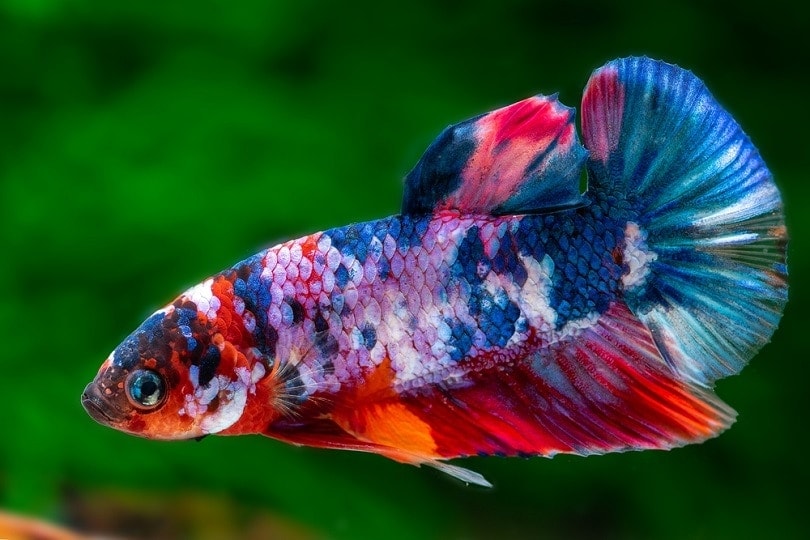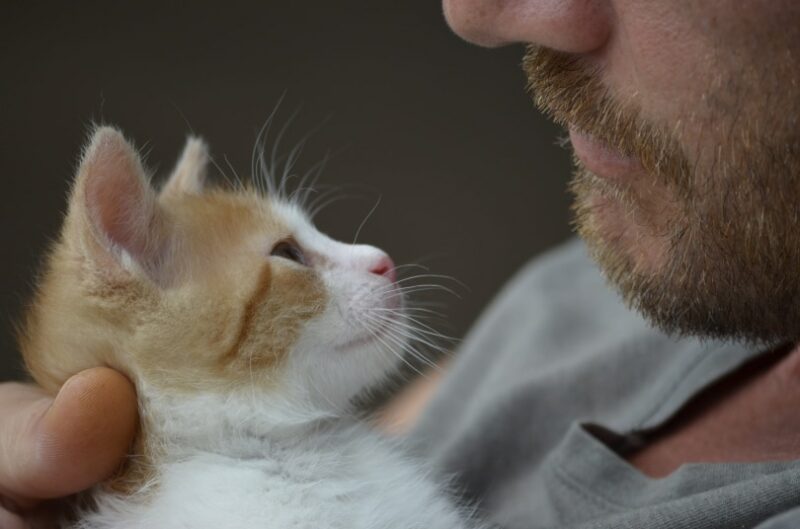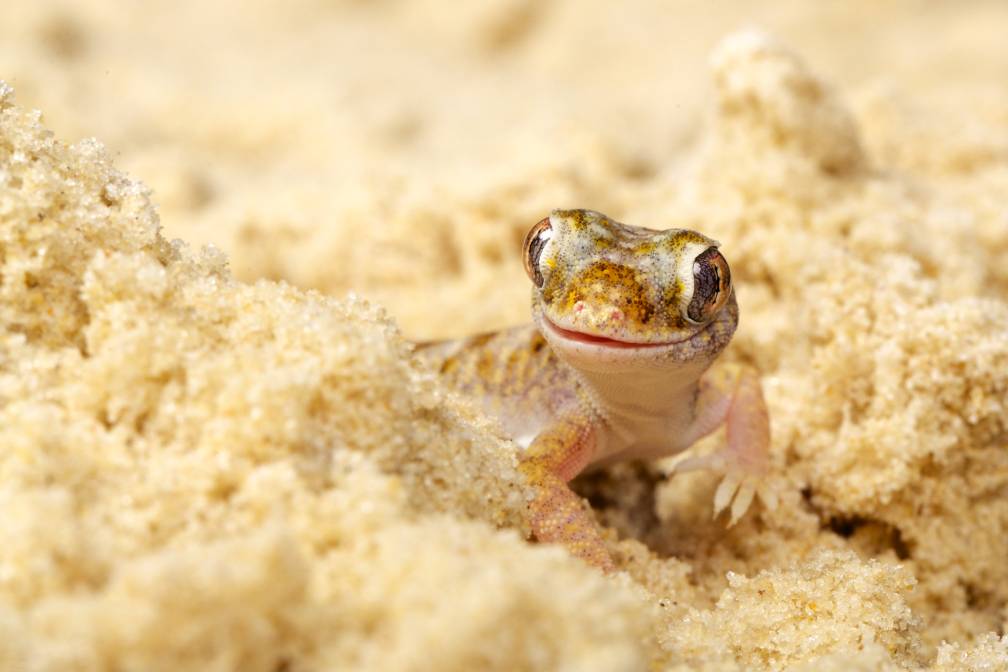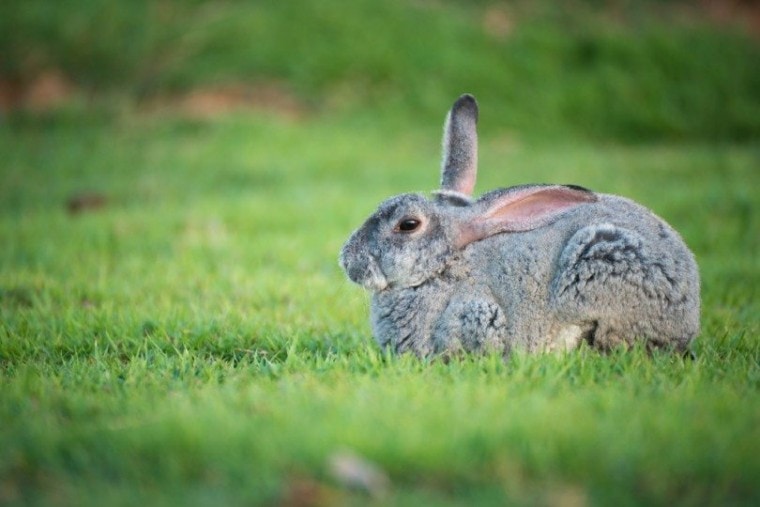
Click to Skip Ahead
The charming Standard Chinchilla rabbit is a unique breed that promises to be a fascinating topic of exploration. Read on to learn about all the fine details of this breed’s temperament, care requirements, and traits. If you’re considering making a Standard Chinchilla rabbit a part of your home, this article will surely appeal to you.
Breed Overview
Size:
Medium
Weight:
9–12 pounds
Lifespan:
5–8 years
Similar Breeds:
American Chinchilla, Giant Chinchilla, Gigantic Chinchilla, Heavy Weight Chinchilla
Suitable for:
First-time rabbit owners, children, seniors, single people
Temperament:
Non-aggressive, gentle, sociable
What makes the Standard Chinchilla rabbit particularly interesting is its unique coat color, which mimics the appearance of the South American Chinchilla after which it is named. This breed is a mix of several other breeds, including the Himalayan, Beveren, and wild rabbit, giving it its distinctive appearance and characteristics.
Standard Chinchilla Rabbit Characteristics
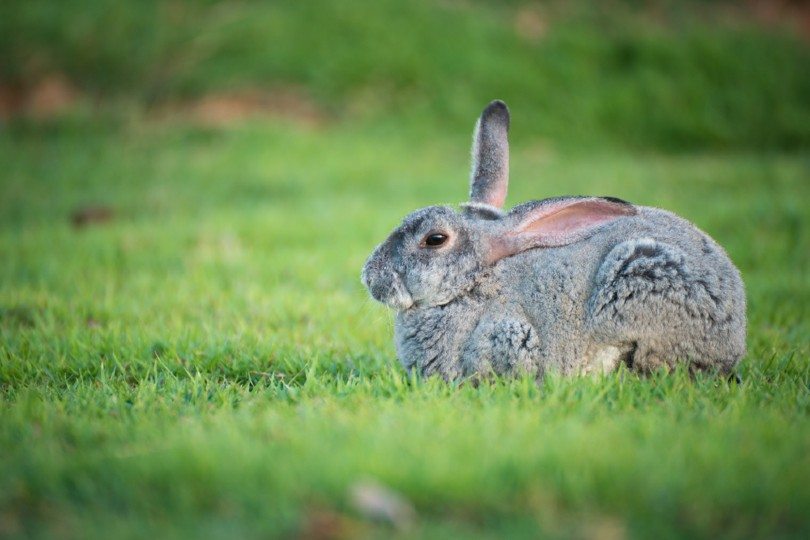
How Much Do These Rabbits Cost?
The Standard Chinchilla rabbit is not your everyday rabbit breed. Originating from France in the early 1900s, this breed was initially bred for its desirable fur. Nowadays, the breed is relatively rare, which can affect its market price. Depending on the pedigree and age, a Standard Chinchilla rabbit can cost anywhere from $90 to $150.
Temperament & Intelligence of the Standard Chinchilla Rabbit
Standard Chinchilla rabbits possess a delightful blend of spunkiness and friendliness that endears them to their owners. They are known to be quite spirited and lively, often exhibiting playful behaviors that can be a source of endless amusement. Their friendly disposition, on the other hand, makes them wonderful companions, willing to interact and bond with their human caretakers.
These rabbits are not just about fun and games; they also boast a commendable level of intelligence. They are quick to grasp new concepts and can be trained to do simple tasks and tricks. Their cleverness extends to their adaptability, as well.
Standard Chinchilla rabbits are capable of adjusting to a variety of living environments, whether it’s an apartment, a suburban home, or a farm.

Do These Rabbits Make Good Pets? 👪
The answer to whether Standard Chinchilla rabbits make good pets largely depends on the prospective owner’s experience and dedication. These rabbits are best suited to individuals who are well-versed in rabbit care and understand the unique needs and behaviors of these animals.
Standard Chinchilla rabbits are not passive pets; they require active interaction, socialization, and mental stimulation. Their somewhat assertive personalities mean they won’t hesitate to communicate their needs or displeasure, a trait that can be overwhelming for novice rabbit owners.
However, with proper care, attention, and socialization, these rabbits can develop into affectionate, entertaining, and rewarding pets, providing years of companionship.
Does This Rabbit Get Along With Other Pets?
Standard Chinchilla rabbits are sociable creatures that can generally coexist peacefully with other pets, including other rabbits. However, their safety and comfort should be the priority in multi-pet households. Like with any species, the introduction process should be gradual and supervised to ensure a smooth transition and prevent any possible conflicts.
While they may get along well with other rabbits, care should be taken when introducing them to different species. Larger pets, such as dogs and cats, may view smaller animals as prey, and even if they mean no harm, their play can be too rough for a small rabbit.
Similarly, smaller pets like guinea pigs or birds could be frightened by a rabbit’s size or enthusiasm. Always observe interactions closely and separate the animals if there are signs of stress or aggression.
Things to Know When Owning a Standard Chinchilla Rabbit:
Food & Diet Requirements 🥕
Standard Chinchilla rabbits, like other rabbit breeds, thrive on a diet that mirrors what they would eat in the wild. Their diet should consist of approximately 70% hay, which aids their digestion and provides the necessary fiber. Timothy hay or other grass hays are preferred, but you can also offer alfalfa hay in moderation due to its high protein and sugar content.
In addition to hay, a small amount of high-quality rabbit pellets can be given. Look for pellets that are rich in fiber and low in protein. Limit the amount to about an eighth to a fourth of a cup per day, depending on your rabbit’s size and weight.
Fresh water should always be accessible to your rabbit, either in a sipper bottle or a heavy ceramic dish that they can’t tip over.
Lastly, fresh vegetables and fruits should be part of their diet. Dark leafy greens like romaine lettuce, bok choy, and parsley can be given daily, while fruits such as apples, bananas, and berries should be offered sparingly as treats due to their high sugar content.
Habitat & Hutch Requirements 🏠
Standard Chinchilla rabbits need a spacious hutch that allows them to move, hop, and stretch out comfortably. The hutch’s size should ideally be four to six times the rabbit’s size when fully stretched out. The hutch should also have a secure and comfortable sleeping area.
The hutch needs to provide protection from extreme weather conditions such as rain, wind, and direct sunlight. It should also be predator-proof. Wire mesh should be avoided where possible as it can harm your rabbit’s feet.
Instead, a solid floor with a soft bedding layer such as straw, hay, or aspen shavings is recommended. Be sure to clean the hutch regularly to prevent the buildup of waste and to keep your rabbit healthy.
Exercise & Sleeping Needs 🐇
Standard Chinchilla rabbits are active creatures that require daily exercise. A secure outdoor run or a bunny-proofed indoor space is ideal for them to hop around, explore, and exhibit their natural behaviors. They should have access to this space for at least a few hours each day.
As for sleeping needs, they need a quiet and comfortable place to rest. They typically sleep during the day and are most active during the dawn and dusk. Make sure they have a dark and cozy area in their hutch for sleeping.
Training 🥎
Standard Chinchilla rabbits are intelligent animals and can be trained to use a litter box, which makes cleaning their hutch easier. They can also learn simple tricks and commands, such as coming when called, jumping through hoops, or fetching a toy. Positive reinforcement methods, such as giving them a small treat or a piece of their favorite fruit or vegetable, work best when training these rabbits.
Grooming ✂️
Standard Chinchilla rabbits have dense and plush coats that require regular grooming to keep it in good condition. A weekly brushing session with a soft bristle brush can help remove loose hair and prevent matting.
However, during shedding season, which typically occurs a few times a year, they may need more frequent grooming to prevent hairballs. It’s important to note that, unlike cats, rabbits cannot vomit, and hairballs can cause serious health issues if not managed properly.
In addition to brushing, check their eyes, ears, and teeth regularly for any signs of illness. Trim their nails as needed, and ensure their bottom is clean and dry to prevent flystrike, a serious condition caused by flies laying eggs on soiled rabbit fur.
Lifespan and Health Conditions 🏥
Male vs Female
There aren’t significant differences between male and female Standard Chinchilla rabbits in terms of temperament. The choice between a male and a female rabbit should be based on personal preference and the rabbit’s individual personality.
3 Little-Known Facts About the Standard Chinchilla Rabbit
1. They were initially bred for their fur.
Standard Chinchilla rabbits were initially bred in the early 1900s for their beautiful, soft fur that closely resembles that of the South American Chinchilla.
2. The Standard Chinchilla rabbit was first brought to the USA in 1919.
When this rabbit was introduced in the USA, American breeders used the Standard Chinchilla to create the American and Giant Chinchilla rabbit breed.
3. Their chunky bodies prevent them from being trapped easily.
The Standard Chinchilla rabbit is a stocky bunny, and their body type prevents them from getting trapped in fences and caught in wires compared to slimmer rabbits.
Final Thoughts
The Standard Chinchilla rabbit is a fascinating breed with a rich history and unique characteristics. Its small size, friendly demeanor, and beautiful coat make it a charming addition to any family. However, this breed requires experienced rabbit owners who can provide the necessary care and attention it needs.
With the right care, a Standard Chinchilla rabbit can provide years of companionship and joy. If you’re a rabbit lover looking for a new challenge or an addition to your rabbit family, the Standard Chinchilla rabbit might just be the perfect choice.
Featured Image Credit: Cora Mueller, Shutterstock




